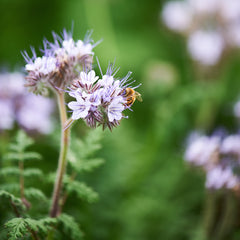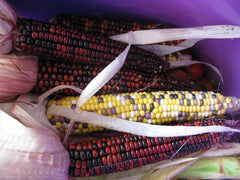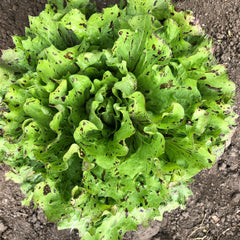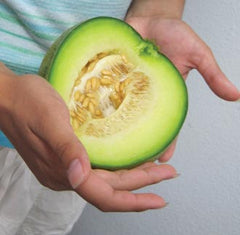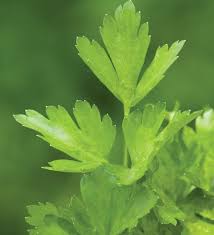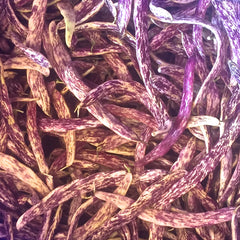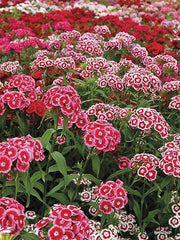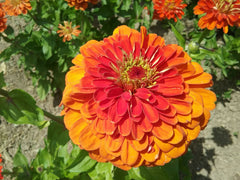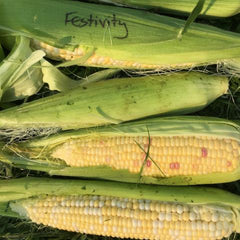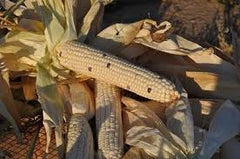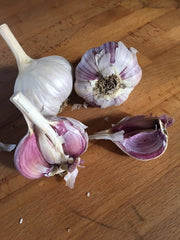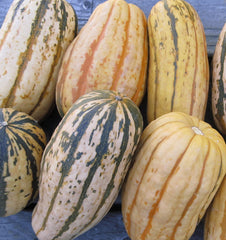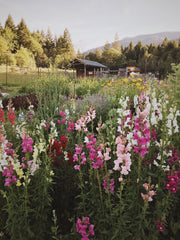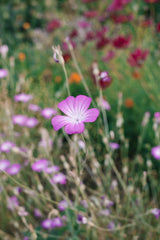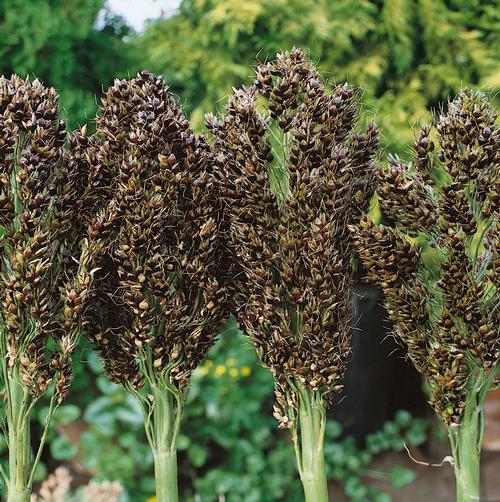Multi Color Broom Corn
"Sorghum bicolorDays from maturity calculated from the date of seeding. Average 1,350 seeds per ounce. Usual seed life: 5 years.
Planting Depth 1/4–1/2”
Soil Temp. Germ. 55–65˚F
Days to Germ. 4–21
Plant Spacing 8”
Row Spacing 30–36”
Days To Maturity 110–120
Full Sun, Moist Well Drained
Multi Color Seed Count
.25 Pound ≈ 4,909 seeds
1 Pound ≈ 19,636 seeds
1 Ounce ≈ 1,227 seeds
- 100 Seeds$4.10
- 1 Ounce$9.50
- 1/4 Pound$28.00
- 1 Pound$56.00
Sorghum bicolor, commonly called sorghum and also known as great millet, durra, jowari, or milo, is a grass species cultivated for its grain, which is used for food for humans, animal feed and ethanol production. Sorghum originated in northern Africa, and is now cultivated widely in tropical and subtropical regions. Sorghum is the world's fifth-most important cereal crop after rice, wheat, maize, and barley. S. bicolor is typically an annual, but some cultivars are perennial. It grows in clumps that may reach over 4 m high. The grain is small, ranging from 2 to 4 mm in diameter. Sweet sorghums are sorghum cultivars that are primarily grown for foliage, syrup production, and ethanol; they are taller than those grown for grain. Sorghum bicolor is the cultivated species of sorghum; its wild relatives make up the botanical genus Sorghum.
